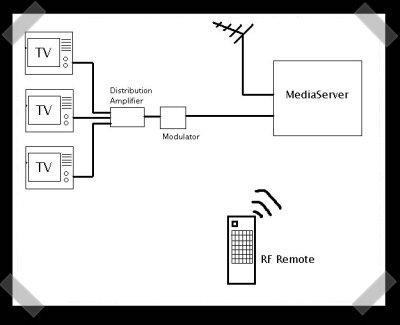[youtube=http://www.youtube.com/watch?v=9isKnDiJNPk]
[Chris Paget] is going to be presenting at ShmooCon 2009 in Washington D.C. this week. He gave a preview of his RFID talk to The Register. The video above demos reading and logging unique IDs of random tags and Passport Cards while cruising around San Francisco. He’s using a Symbol XR400 RFID reader and a Motorola AN400 patch antenna mounted inside of his car. This is industrial gear usually used to track the movement of packages or livestock. It’s a generation newer than what Flexilis used to set their distance reading records in 2005.
The unique ID number on Passport Cards doesn’t divulge the owners private details, but it’s still unique to them. It can be used to track the owner and when combined with other details, like their RFID credit card, a profile of that person can be built. This is why the ACLU opposes Passport Cards in their current form. The US does provide a shielding sleeve for the card… of course it’s mailed to you with the card placed outside of the sleeve.
Technology exists to generate a random ID every time an RFID card is being read. The RFIDIOt tools were recently updated for RANDOM_UID support.
[Thanks Zort]













